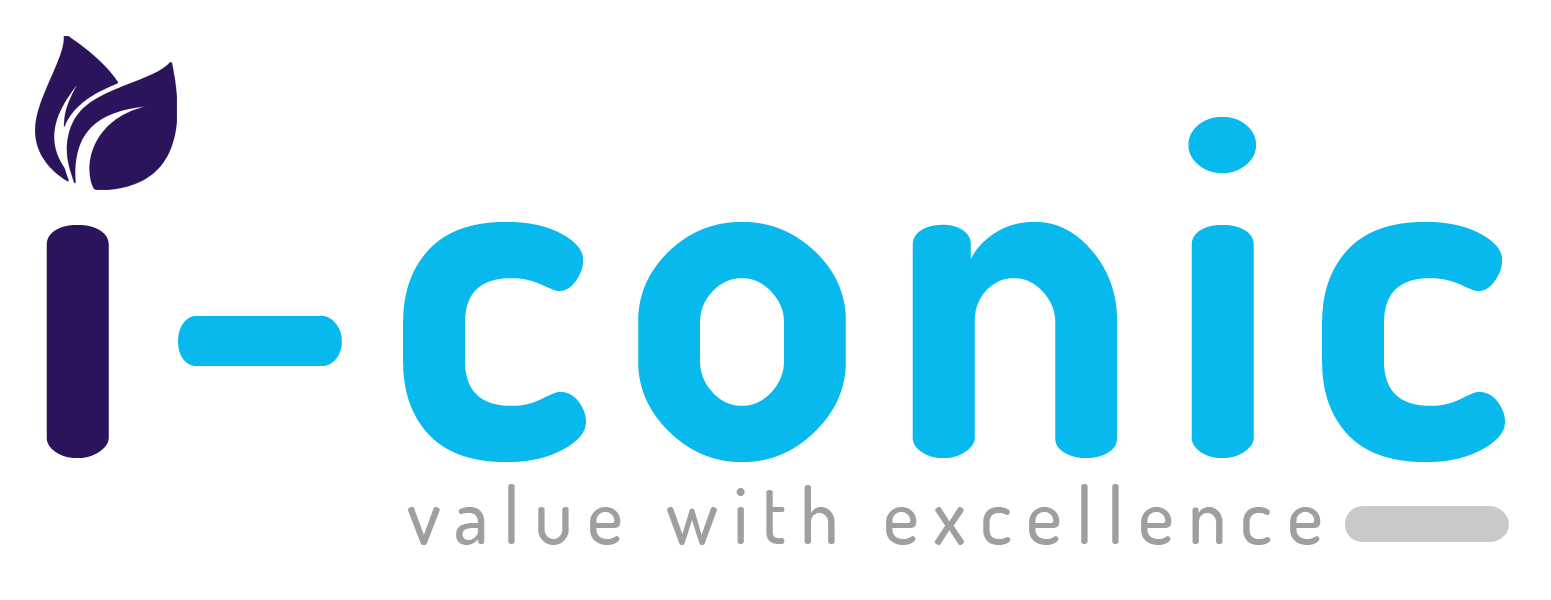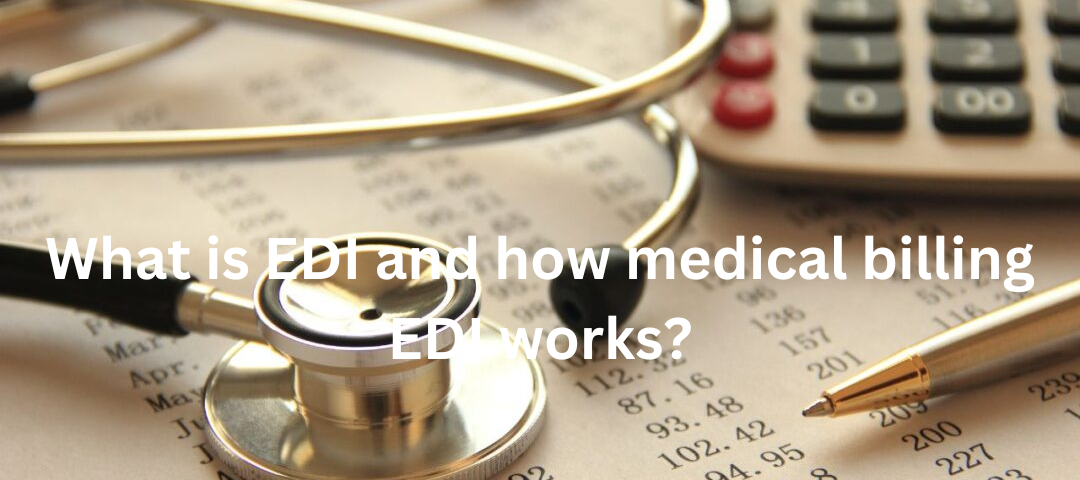Before electronic data interchange, the healthcare business looked like this: a massive quantity of papers, masses of paper, and hundreds of returned claims (EDI). Utilising EDI in healthcare helps medical businesses safeguard data exchanges, speed up information turnaround, and eliminate claim processing delays. All of this makes EDI deployment a critical component of providing high-quality care.
What is EDI in healthcare?
Electronic data exchange in healthcare is a secure method of exchanging data between healthcare institutions, insurers, and patients that uses predefined message formats and protocols. EDI was introduced in the 1960s when there were over 400 distinct standards in use. At the time, conversion problems, poor interoperability, excessive IT expenses, and security breaches were all prevalent issues. EDI installation addressed these issues by assuring fast and smooth data transmission and interpretation. The HIPAA EDI Regulation now requires covered entities (i.e., health plans, clearinghouses, and care providers) that communicate medical information electronically to utilise universal standards for all healthcare EDI transactions. HIPAA EDI compliance requires enterprises to communicate HIPAA documents via the ASC X12 protocol (i.e., any documents containing health-sensitive information). The ASC X12 protocol protects the security and quality of medical data as the only authorised format for HIPAA EDI exchanges. It necessitates that all entities engaged in the transmission adhere to particular data criteria. Before being communicated to a destination computer, information is translated into computer (non-human) language. Furthermore, all documentation sets are assigned standardised codes. Organisations employ HIPAA EDI software solutions to generate standardised EDI documents and translate them into common business forms.
What does EDI mean in medical billing?
Medical billing is a complicated procedure due to the complexities of billing and coding, as well as the numerous parties that must be involved. Standardisation is especially vital in this case to avoid becoming lost in a sea of services, treatments, and diagnoses. To obtain reimbursement from a health insurance provider, healthcare providers submit an X12 HIPAA 837 Healthcare Claim. A medical billing procedure begins with a care provider enquiry and concludes with a payer response. Here’s how it works:
Step 1: Conduct an investigation. Care providers conduct an investigation that includes the member ID number, date of birth, and Payer ID. It usually passes through a clearinghouse, which is an intermediary used to help reformat claims to HIPAA standards, although it can potentially reach a payer directly. The clearinghouse’s role is to facilitate enquiries to payers.
Step 2: Reaction. When a payer receives an enquiry, they respond to the intermediary (clearinghouse), who forwards the information to the care provider’s system. If the data contains an error, the care provider corrects it and resubmits it to the clearinghouse.
All of these transactions would be significantly more difficult to handle without the use of medical electronic data interchange because the various systems of providers and insurance utilise different data formats. Initially, this was the case, and healthcare payment and remittance processes took weeks, especially when errors occurred. The ability to simplify the medical billing process is not the sole advantage of deploying EDI. Let’s take a look at some of the other advantages of using HIPAA EDI standards.
Healthcare EDI transaction types
I am text block. Click edit button to change this text. Lorem ipsum dolor sit amet, consectetur adipiscing elit. Ut elit tellus, luctus nec ullamcorper mattis, pulvinar dapibus leo.
In general, healthcare organisations use 10 different types of HIPAA electronic data outsourcing medical billing:
Healthcare claim transaction set (837).It enables healthcare professionals and patients to submit healthcare claim and encounter data.
Retail pharmacy claim transaction. Retail pharmacy claims can be submitted by healthcare providers and regulatory organisations. It also allows them to send retail pharmacy claims and billing payment information to payers.
Healthcare claim payment/advice transaction set (835). It is used by insurers to make payments and send remittance instructions to healthcare providers via Explanation of Benefits (EOB).
Benefits enrollment and maintenance set (834).Employers, unions, government agencies, insurance companies, associations, and healthcare organisations that pay claims use it. Its goal is to enroll members in a health insurance plan.
Payroll deducted and other group premium payment for insurance products (820). This transaction is used by healthcare facilities to convey information to financial institutions and to make premium payments for insurance policies.
Healthcare eligibility/benefit inquiry (270).Healthcare institutions utilise this transaction set to send enquiries about healthcare benefits and subscriber eligibility to financial institutions and government organisations.
Healthcare eligibility/benefit response (271). Its primary function is to answer requests for information regarding a subscriber’s or dependent’s healthcare benefits and eligibility. Healthcare institutions, like the preceding transaction, use it to send information to financial institutions and government organisations
.Healthcare claim status request (276). Healthcare providers use this transaction to request or verify the status of healthcare previously submitted to a payer, such as an insurance company.
Healthcare claim status notification (277). Its purpose is to provide information on the status of claims (EDI 837 transactions) previously submitted by providers. Healthcare payers and insurance companies use EDI 277.
Healthcare service review Information (278). Hospitals use it to request authorisation from a payer, such as an insurance company. EDI Functional Acknowledgement Transaction Set is also included in the list of EDI transactions (997). However, it excludes any semantic meaning of the information included in transaction sets. It is solely required for the processing of X12 transaction sets.
The benefits of EDI integration
Healthcare electronic data interchange has become an important component of the healthcare supply chain, allowing healthcare providers and insurance companies to operate and communicate more efficiently. Let’s have a look at the primary benefits of EDI installation.
Standardisation
Utilising standardised formats guarantees that patient health information is transferred securely and efficiently (PHI). Since the use of EDI in healthcare, overall data quality has substantially improved as it forces all parties to adhere to universal standards rather than a wide range of formats.
Lower administrative expenses
Healthcare EDI reduces handling expenses for document processing (e.g., purchases of paper, forms, supplies, and mailing) because the majority of the data is digital. According to the Workgroup for Electronic Data Interchange (WEDI), implementing EDI can save health insurers $1 per claim, physicians $1.49, hospitals $0.86, and other parties $0.83.
High level of security
The use of EDI transactions in the healthcare industry ensures secure data communications between authorised parties such as supply, insurance, and patients. For starters, due to EDI mapping—the process of converting corporate files into EDI format. The risk of data leaking is reduced because the information is not transferred in a human-readable format. Second, HIPAA regulations mandate that only authorised individuals have access to the information. Finally, all files are distributed via B2B file transfer over secure protocols such as AS2, MLLP, and SFTP.
Enhanced accuracy
HIPAA EDI software solutions help medical businesses streamline key transactions. Besides enhanced productivity, it results in fewer human errors, such as typos, wrong entries, or lost faxes/mail. Furthermore, all EDI files are subjected to extensive testing and validation. Snip Levels is a method that validates healthcare EDI files across seven levels to ensure they contain the relevant information.
Improved productivity
Healthcare EDI boosts efficiency by facilitating real-time data interactions between various parties. It also reduces the number of denials and rework requests and eliminates the requirement to validate that the receiving party received the information. As a result, recipients receive the essential data more quickly and without errors, reducing administrative stress and allowing healthcare personnel to use their time more productively.






